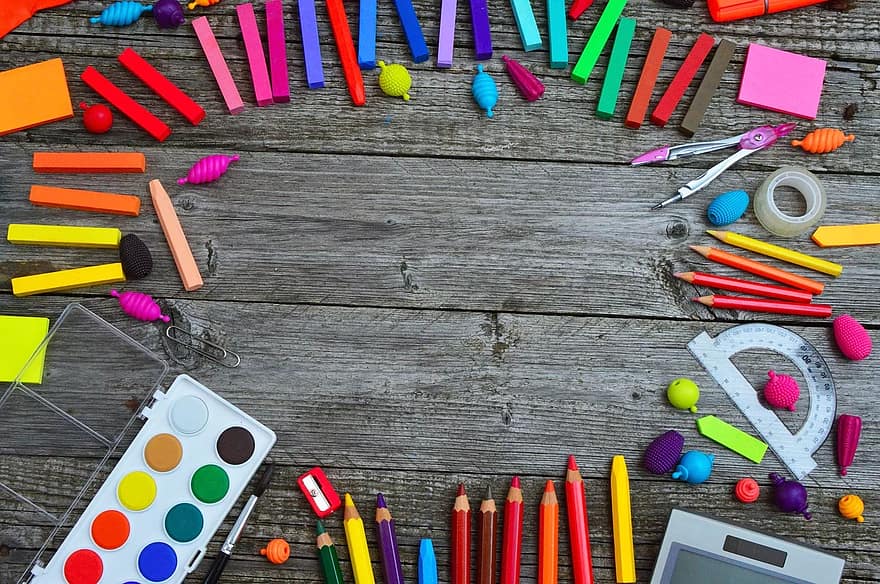GOING GROCERY SHOPPING IN CLASS!
This week we would like to give some activity ideas to teachers and educators they can easily implement in a class room. Teaching is not only about theoretical knowledge, practical activities are just as important.
This is a SITUATIONAL GAME that is great to verify the acquisition of skills and to appraise the new competences gained.
This activity does not specify a specific age for participants. Your job is to take the game as an example and adapting it to the target you’re working with and to the subject you teach.
Indicative questions to create the situation:
– Which abilities do I want to check?
– Which competences do I want to appraise?
– What situation that is close to their daily realities can I use?
Indicative timeline: 1 hour.
]Preparation:
1) To prepare for the game, each student needs to bring 5 products from home attaching a label with a price to each product. (Kids will need to discuss with their parents the price of each product.)
2) Organise the desks in (three or four) rows to create a snake-like path (as if they were aisles in a small supermarket with a guided path). The teacher’s desk will be the cash register.
3) Use monopoly money or ask the kids to make money with pieces of paper/cardboard.
4) Divide the class up in two groups: one of the groups will do the activity, the other will observe.
5) Write up roles specifying characteristics of each of them, on pieces of paper and put them in a bowl.
Examples can be:
a. Two cashiers (smiling, available)
b. Three people responsible for shelves (very busy organising everything: two of them are very willing to help, the third one is grumpy)
c. A general coordinator (to handle complaints)
d. Clients (a very rushed woman who buys two targeted products, an easy-going man who thinks about every product and often asks the shelf responsibles for advice, a lady who complaints about the rudeness of one of the shelf responsibles…)
6) Have every child from the action group pick a role
7) Give every shopper a budget with the monopoly money and give money to the cashier.
Action
When you say ‘Action!’, leave the kids to interact for 15 minutes. Afterwards, inverse both groups. Ask the observational group to:
1) Observe how people interact.
2) Observe if they’re using correct language.
3) Monitor if the shoppers know how to handle their allocated budget and if they are counting correctly.
Prepare a board with different columns. In the first column to the left, write down the objectives you want to reach, in the column to the right of it assign a grade from 1 to 10, in the next column take as many notes as possible. They will be useful to reconstruct what you observed and to evaluate the acquired skills. You might evaluate:
– The ability to calculate in a pertinent manner
– Being able to adequately manage economic resources
– Being able to respect rules and roles
At the end of the activity, allow for 20 minutes to give feedback and have some time for discussion.
The feedback needs to come from the kids; your role will be to engage in active listening.



